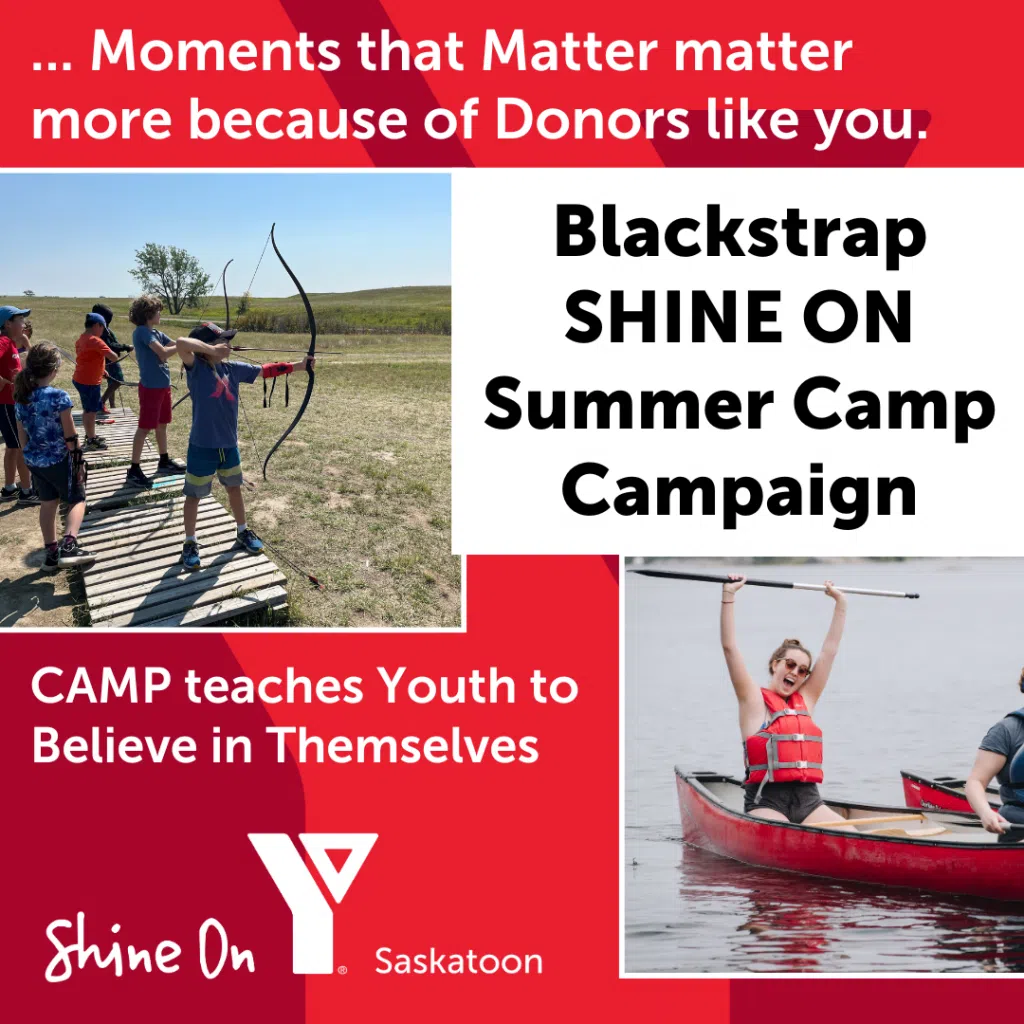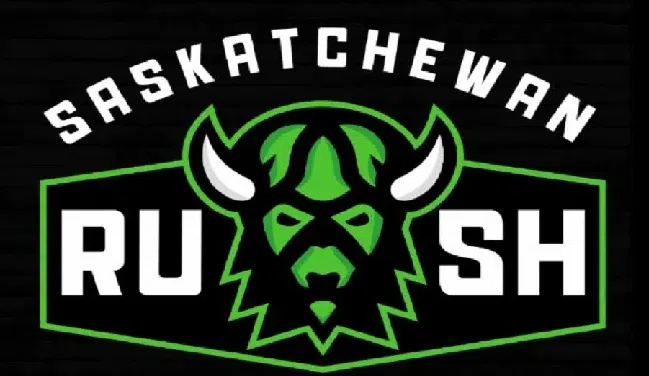
CEO and Fire Commissioner with the Saskatchewan Public Safety Agency, Marlo Pritchard, wants people to know there is no “let it burn” policy. They assess every wildfire to decide how to respond. The priorities include human life, communities, major public infrastructure, commercial forest and other values. The SPSA evaluates the size, intensity, and location of the fire and its threat to people, communities and property. Pritchard adds that a healthy, vibrant forest is naturally renewed by fire, so it makes ecological sense to allow some to burn unhindered if it isn’t posing a threat, although they continue to monitor all fires for any changes.
The rain in the forecast may help the wildfires that are on the southern edge of Saskatchewan’s forests, but not further north. The SPSA’s Steve Roberts says overall though, temperatures will drop across the province which will help. Where there is precipitation and higher humidity, the SPSA will be able to make more significant headway on these fires, securing portions of them and slowing their growth, which means less smoke which will benefit the evacuees. With lightning in the forecast, Roberts adds that they are able to monitor lightning as it occurs and a portion of all the SPSA’s resources are kept on high alert to respond to new fires as well as managing the current fires. When it rains, the moisture and the trees leafing out a bit more should mean some moderation to the wildfires in Saskatchewan. Roberts says Canada is seeing larger, more aggressive fire seasons, so they have to use their resources as efficiently as possible.
Pritchard says the SPSA is supporting several people who have been evacuated in Lloydminster and North Battleford on behalf of Meadow Lake Tribal Council. They are from Dillon, St. George’s Hill, Michel Village, English River and Patuanak. The SPSA is leading the response in Regina where there are 90 evacuees from Buffalo River and Ile a la Crosse.
There are 165 in Lloydminster from Buffalo Narrows and 245 in North Battleford from Patuanak.


























